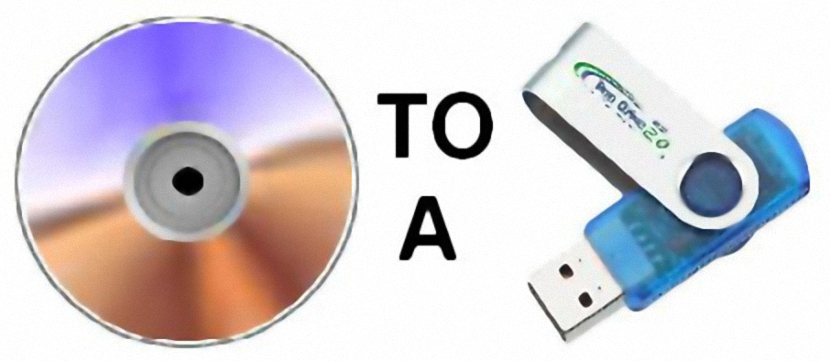
In a previous article we had mentioned the benefits of Windows 8.1, where Microsoft came to ensure that with said operating system It was no longer required to use a certain number of third-party applications; one of them is the one that helped us to mount ISO images, since in this new version the feature is installed natively.
Thanks to this, with little tricks we will have the possibility of review the content of an ISO image without having to use a third-party application; In this article we will mention the trick that we must perform (with its various variants) to be able to copy the content of one of these images to a USB flash drive, although we could also carry out this file transfer to any other location to where we want.
Why use a USB flash drive as the destination for ISO image files?
In the headline and in the previous paragraphs we have mentioned the USB pendrive because this device can help us to host all installation files for an operating system. For example, assuming that we have downloaded the ISO image provided by Microsoft (Windows 10), a good idea would be to transfer all its content to a USB stick with the trick that we will mention a little later.
Certain number of forums on the web suggest that with this copy or file transfer from an ISO image to a USB stick, we could already have a boot device that can help us install the operating system on the computer. We have not tried this alternative although, possibly this will not work since the USB pendrive not only requires the installation files that we could have transferred from an ISO image but also, boot sector (MBR) that offers this feature to different devices, be it a CD-ROM, DVD, hard disk or a USB pendrive as we have suggested for now.
If we follow the trick that we are going to mention a little later, in order to have a USB pendrive that helps us to install a specific operating system, in addition to copying the files of the ISO image we will also need to follow a specific process to give said USB flash drive bootable features.
Making use of the native Windows 8.1 function to mount ISO images
If our intention is to make a USB pendrive with the installation files of an operating system (which may well be Windows 10), then we should get one with a size that goes from 4 GB onwards. We will have to format the USB pendrive since we will need as much space as possible to contain the files of an ISO image of this characteristic.
No need to install a third-party app (like daemon Tools), the only thing we need to do to mount an ISO image in Windows 8.1 is the following:
- Let's log into this operating system.
- We open the Windows 8.1 file explorer
- We navigate to the place where there is an ISO image.
We stop for a moment to explain the two variants that exist to be able to mount an ISO image once we have found it with the Windows 8.1 File Explorer; the first variant relies on the context menu, that is, we only need to select said file with the right mouse button and select the option «mount«.
When performing this task, the ISO image will automatically show us all its content. The second variant can be applied when the option «mount" does not appear. To do this, we only have to select the ISO image with the right mouse button and then:
- Click on "To open with«
- From the options shown choose the one that says «File Browser«.
With this simple operation, a File Explorer window will open as in the previous method, showing all its content, to which we can now select to copy it to the USB pendrive as was our initial goal.
A third alternative is also feasible, which is supported by an additional option that usually appears in the Windows 8.1 File Explorer toolbar.
Just by selecting the ISO image with the left button of our mouse (without double-clicking it), the option «Manage«; When we select it, two different options will appear.
One of them will allow us to mount this ISO image while the other will be used to record it to a physical medium, that is, to a CD-ROM or a DVD.


